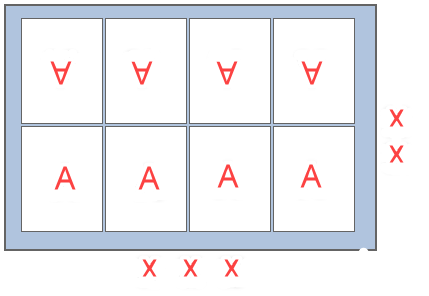Imposition
Updated June 10, 2022
Select Sheetwise (default), Work and Turn, Work and Tumble, Perfecting or Work and Swirl as applicable.
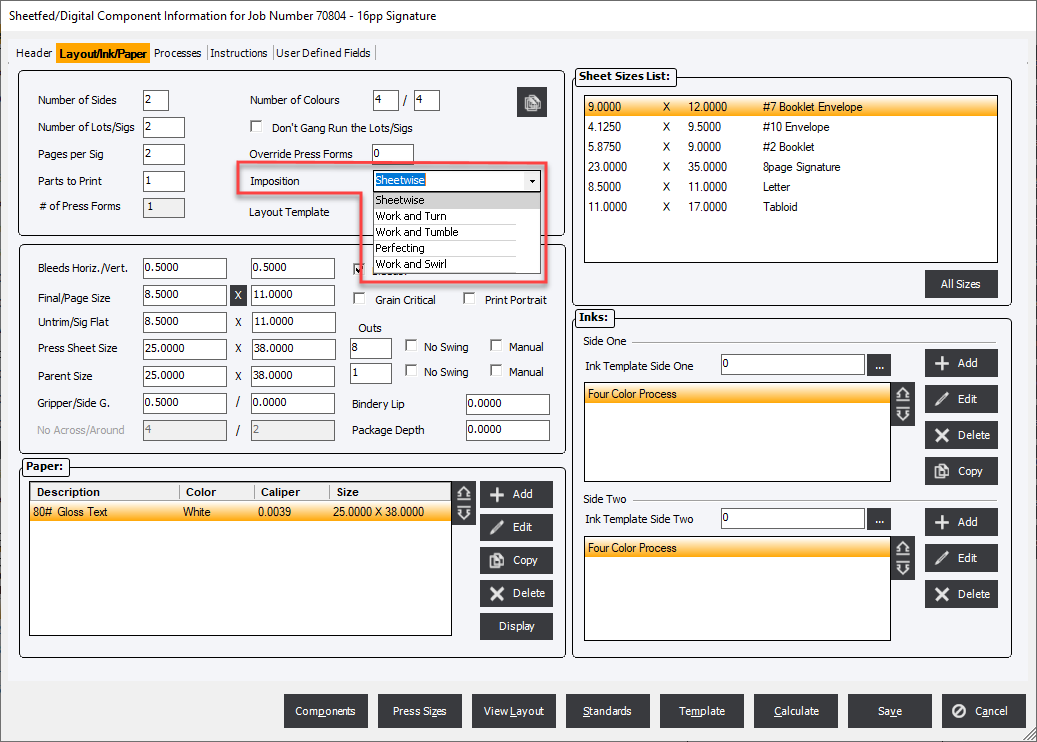
Imposition Comparison Chart
|
Work Style |
Gripper |
Side Guide |
Make Ready |
Passes |
Possible # outs |
|
Single Sided |
One |
One |
1 |
1 |
even/odd |
|
Sheetwise |
Same |
Different |
2 |
2 |
even/odd |
|
Work and Turn |
Same |
Different |
1 |
2 |
even |
|
Work and Tumble |
Different |
Same |
1 |
2 |
even |
|
Perfecting |
Different |
Same |
2 |
1 |
even/odd |
|
Work and Swirl |
Different |
Different |
1 |
2 |
even |
Graphic Legend
![]() = Grippers
= Grippers
![]() = Side Guide
= Side Guide
Sheetwise : The press sheet uses the same gripper and but the side guide changes from left to right when printing the second side of the sheet.
Note : Unless the option for No Swing is checked the imposition may allow for an odd number of outs.
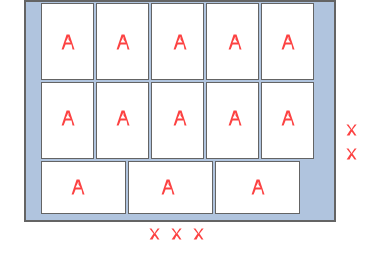
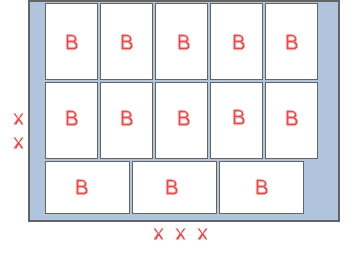
Work and Turn : Imposition style in which a double size form is used to print both sides of the sheet, the sheet being turned end over end backing up so that the left side of the forms back up the right side and the right backs up the left side using the same set of plates. When cut in two, the sheet provides two identical copies of the same signature. The press sheet uses the same gripper and side guide from left to right when printing the second side of the sheet.
Note : When using Work and Turn the imposition automatically calculates even number outs.
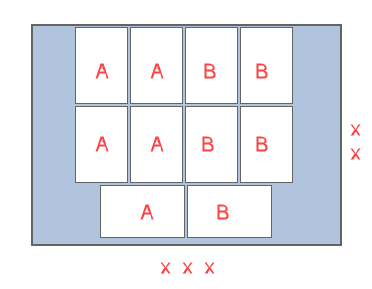
Work and Tumble : Imposition style in which the same set of plates are used for printing both sides of a sheet, the sheets being turned over their short direction. Similar to Work and Turn but instead the result is two copies of the same image with the head appearing at top on both sides. When the sheet is printed on one side it is turned over on its narrow direction and printed on the other side. The press sheet uses the same side guide but switches the gripper from bottom to top of the sheet.
Note : When using Work and Tumble the imposition automatically calculates an even number of outs.
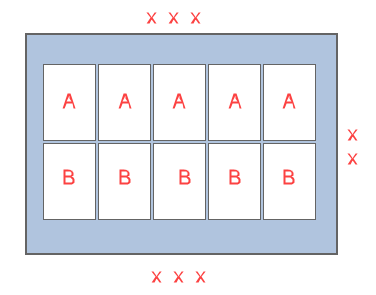
Perfecting : Prefecting is the ability to print on both sides of the press sheet in 1 pass through the press. There are different methods for both Sheetfed and Web press.
Sheetfed Press: Typically called convertible presses, they can convert from either printing straight on 1 side of the press sheet or in perfecting mode where some of the cylinders are used to print on the second side of the press sheet. This type of press is described by naming the first set of cylinders over the perfecting cylinders. The number of cylinders in total (being available to run straight through) is implied. For example; a 3 over 2 perfecting press will allow the operator to run 3 colors on the first side of the press sheet and 2 colors on the second side OR 5 colors at once on one side of the press sheet. With this method the gripper changes from the Head of the sheet on the Front to the Tail of the sheet for printing on the second side. The side guide remains the same for both sides.

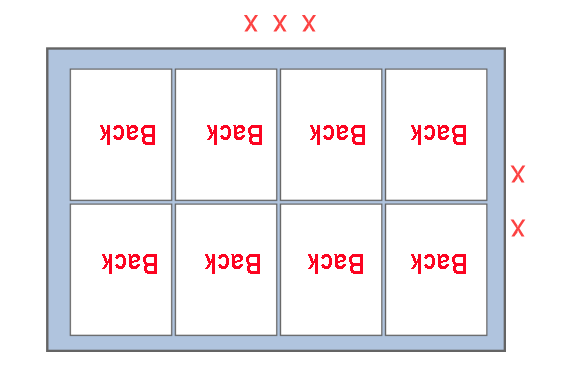
NOTE: There are some sheetfed press models called Tandem Perfectors that are permanently fixed to print both sides of the sheet at once using cylinders dedicated to a specific side to print.
Web Press : These machines will either use a blanket to blanket impression method with the paper being printed both sides at the same time or in-line using a turn bar to invert the paper stream to print on the second side. Either method will allow printing of both sides of the sheet in one pass using 2 sets of plates (Top and Bottom impressions). In this case both Side A and Side B have the same gripper and side guide.
Tandem or Web Press Perfecting


Work and Swirl : An imposition style where the image is printed on 1 side of the sheet using the same set of plates. The press sheet uses the same gripper and side guide but the sheet is twisted making the gripper on the second pass the top opposite end on the sheet from where the gripper was on the first pass.
Note : Unless the option for No Swing is checked the imposition may allow for an odd number of outs.
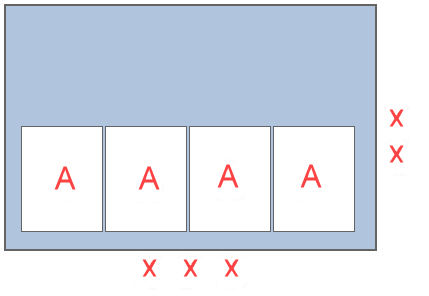 "Swirl" Sheet ==>
"Swirl" Sheet ==> 